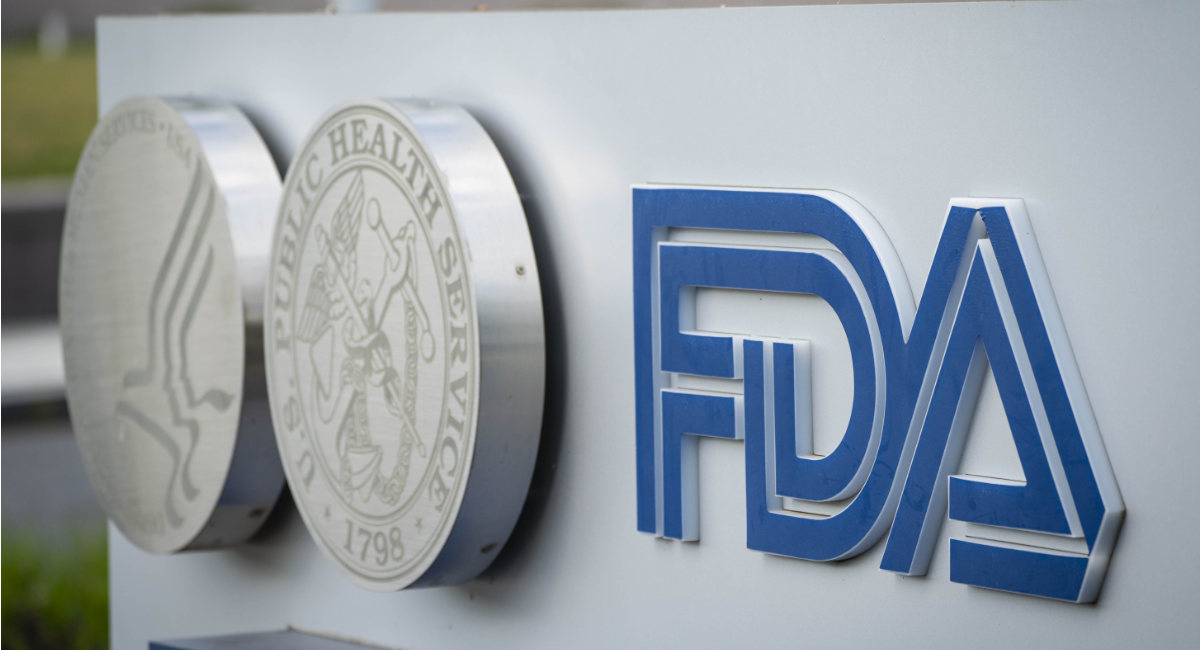(National Review) On Friday, U.S. District Court Judge Matthew Kacsmaryk ruled to revoke FDA approval of mifepristone, one of the pills used for chemical abortions. The ruling has not taken effect yet and will certainly be subject to legal appeals. Both the lawsuit and Judge Kacsmaryk’s ruling have received a great deal of media attention.
In their coverage of the lawsuit, many media outlets have argued that chemical abortions are safe and that the science on the issue is largely settled. However, a closer look at FDA policy changes and recent research tells a different story.
Indeed, on April 1, the New York Times published a thorough analysis of the research on chemical-abortion drugs. They conclude that a vast majority of the academic studies show that chemical abortion drugs do not pose a significant health risk to women. However, much of the research on the Times article is not relevant to current risks of chemical abortions obtained in the United States. That is because, on multiple occasions, the FDA has instituted policy changes that likely increased the health risks involved with the chemical-abortion-pill regimen.
For instance, in 2016 the FDA extended the gestational age limit for the use of chemical abortion pills from seven to ten weeks. It also reduced the number of in-person office visits from three to one and allowed nonphysicians to prescribe and administer chemical abortions. During the Covid-19 pandemic, the FDA actually allowed women to obtain chemical-abortion pills without an in-person medical exam. Additionally, the FDA has continued this policy after the conclusion of the pandemic — even though chemical-abortion pills could be life-threatening to women with ectopic pregnancies. Additionally, the FDA has not properly studied the health impact of any of these policy changes.
Furthermore, new research provides evidence that as chemical abortions have become more common, the health risks have increased.
A November 2021 study by Charlotte Lozier Institute scholars appeared in the peer-reviewed journal Health Services Research and Managerial Epidemiology. They analyzed state Medicaid data of over 400,000 abortions from 17 states that fund elective abortions through their Medicaid programs. They found that the rate of abortion-pill-related emergency-room visits increased over 500 percent from 2002 through 2015. The rate of emergency-room visits for surgical abortions also increased during the same time period, but by a much smaller margin.
Overall, the number of chemical abortions has increased dramatically in recent years.
Data from the Guttmacher Institute indicates that as of 2020, more than half of all abortions obtained in the U.S. were chemical abortions. Part of this increase is due to FDA rules that have made chemical-abortion pills more accessible. However, there has been little research on the health impact of these new FDA policies.
As the case against the FDA goes through the appeals process, journalists would do well to present the risks of chemical abortions in a more balanced manner, instead of reflexively insisting that chemical-abortion drugs pose minimal health risks.
Editor’s Note: This article was published at National Review and is reprinted here with permission.








